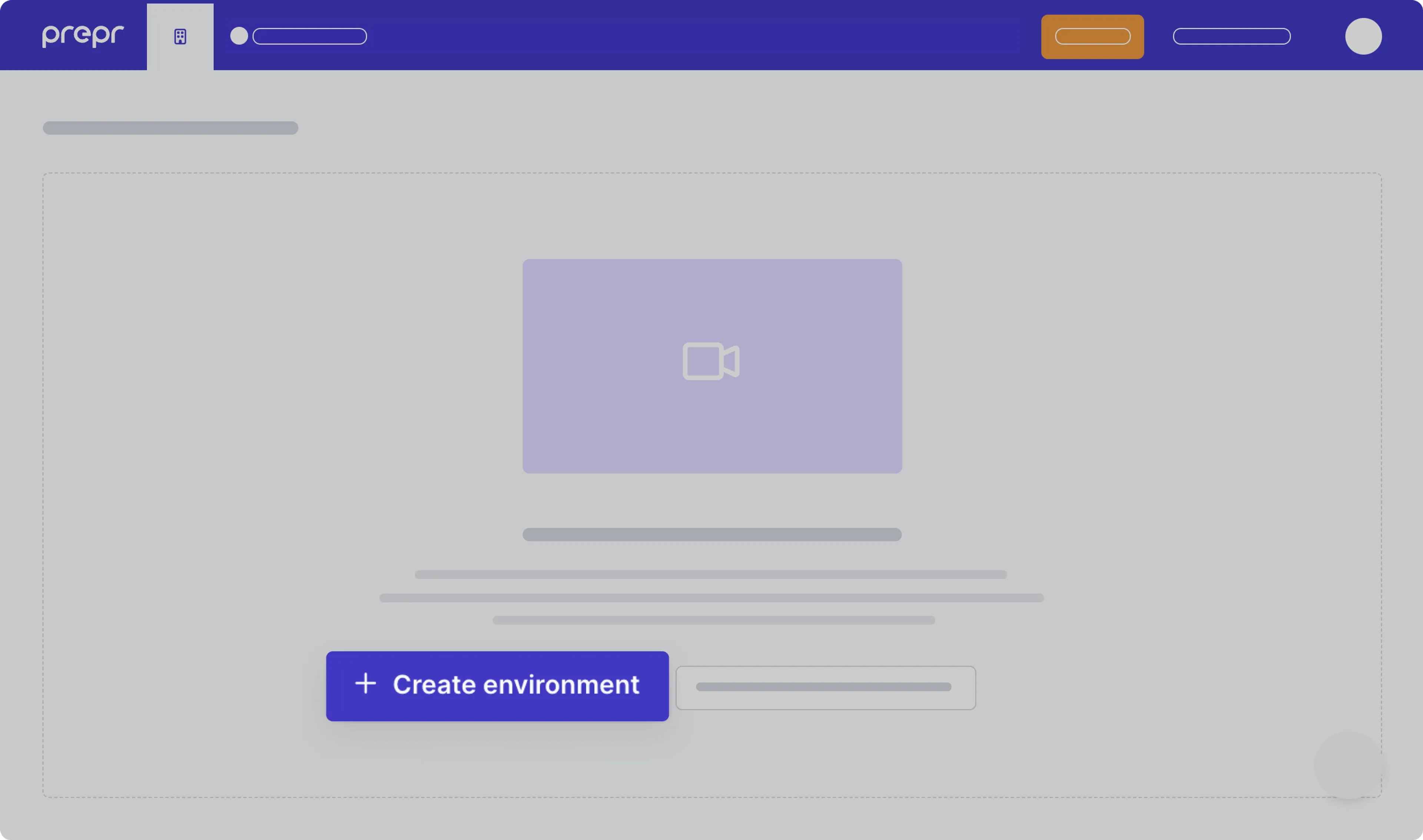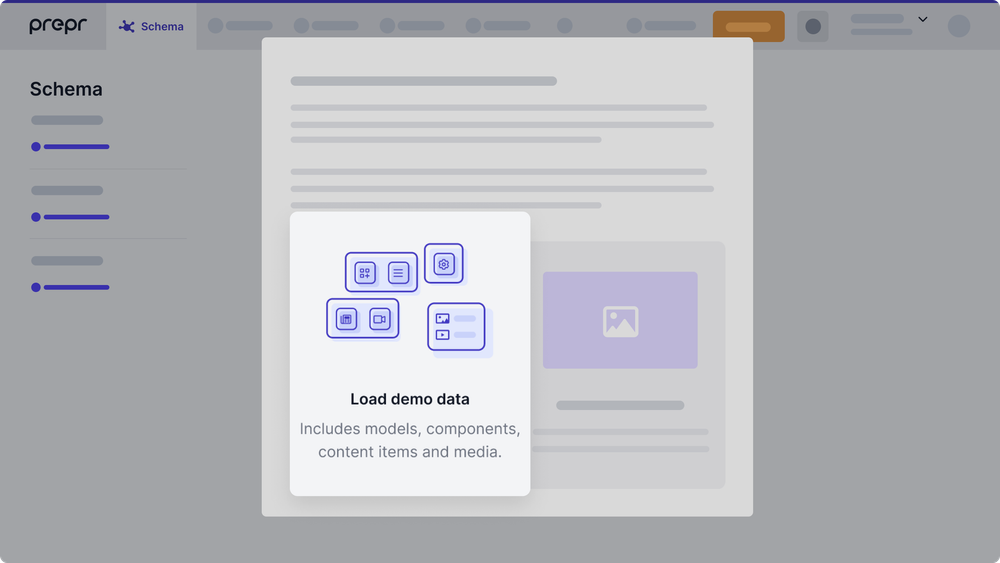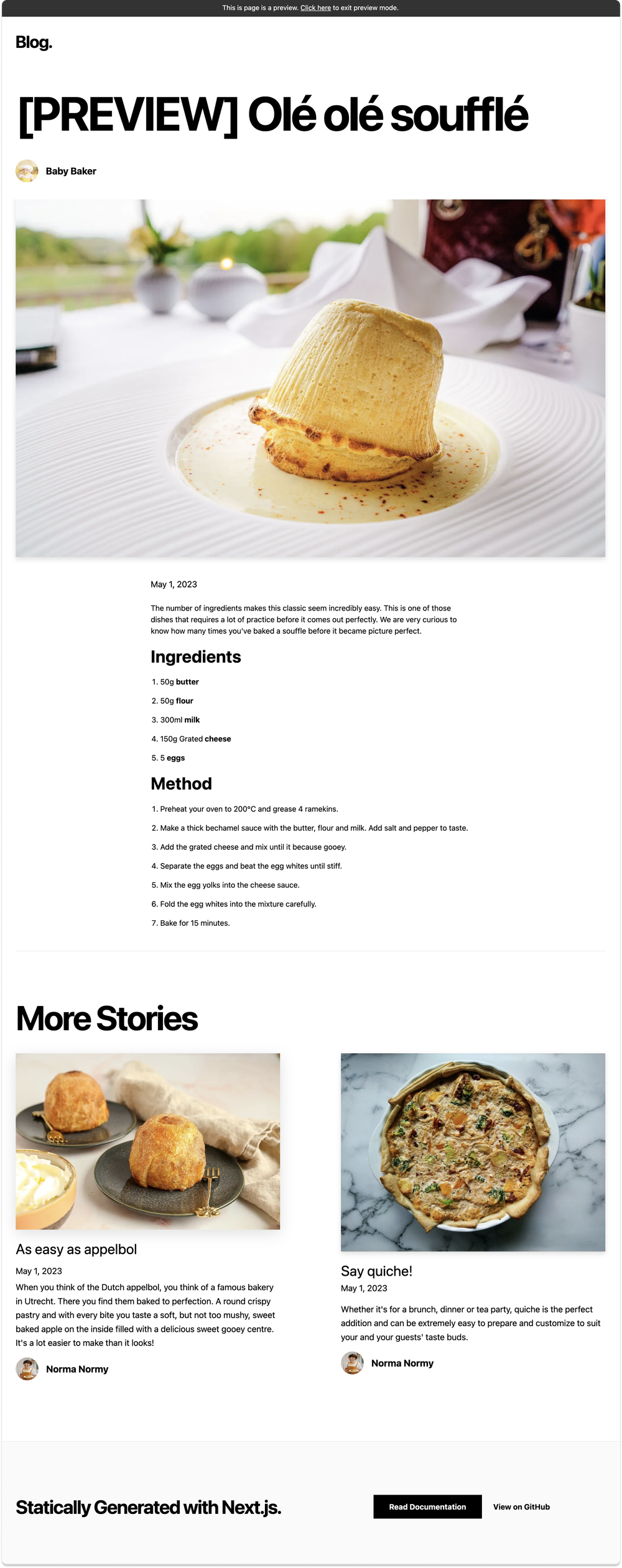https://github.com/preprio/next.js-blog-example
This example showcases Next.js's Static Generation feature using Prepr.
https://github.com/preprio/next.js-blog-example
blog demo nextjs
Last synced: about 2 months ago
JSON representation
This example showcases Next.js's Static Generation feature using Prepr.
- Host: GitHub
- URL: https://github.com/preprio/next.js-blog-example
- Owner: preprio
- Created: 2021-03-04T20:55:38.000Z (over 4 years ago)
- Default Branch: main
- Last Pushed: 2024-07-16T04:23:37.000Z (11 months ago)
- Last Synced: 2025-03-24T06:54:42.321Z (3 months ago)
- Topics: blog, demo, nextjs
- Language: JavaScript
- Homepage: https://github.com/vercel/next.js/tree/canary/examples/cms-prepr
- Size: 215 KB
- Stars: 5
- Watchers: 4
- Forks: 1
- Open Issues: 1
-
Metadata Files:
- Readme: README.md
- License: LICENSE
Awesome Lists containing this project
README
# A statically generated blog example using Next.js and Prepr
This example showcases Next.js's [Static Generation](https://nextjs.org/docs/basic-features/pages) feature using [Prepr](https://prepr.io/) as the data source.
## Demo
Check out our Blog page example:
- **Live**: [https://next-blog-prepr.vercel.app/](https://next-blog-prepr.vercel.app/)
- **Preview**: [https://next-blog-prepr.vercel.app/api/preview...](https://next-blog-prepr.vercel.app/api/preview?secret=237864ihasdhj283768&slug=blueberry-cheesecake)
## How to use
Run one of the following [`create-next-app`](https://github.com/vercel/next.js/tree/canary/packages/create-next-app) commands using [npm](https://docs.npmjs.com/cli/init), [Yarn](https://yarnpkg.com/lang/en/docs/cli/create/), or [pnpm](https://pnpm.io) to create a new Next.js app and connect it to Prepr:
```bash
npx create-next-app --example cms-prepr cms-prepr-app
```
```bash
yarn create next-app --example cms-prepr cms-prepr-app
```
```bash
pnpm create next-app --example cms-prepr cms-prepr-app
```
## Configuration
### Step 1. Set up Prepr
**1.1** First, [sign up for a Prepr account](https://signup.prepr.io/).
**1.2** After you sign up, create a new environment in Prepr. For more details, [check out the environment docs](https://docs.prepr.io/developing-with-prepr/set-up-environments).

**1.3** Once you’ve created the environment, choose to **Load demo data**. With that, Prepr will automatically upload sample models, content items, and other data you can use for your example Next.js app.

### Step 2. Set up environment variables
Once you’ve set up your Prepr environment, you can define environment variables for your project. Please proceed with the steps below.
**2.1** Run the following command to copy and rename the `.env.local.example` file as follows:
```bash
cp .env.local.example .env.local
```
The `.env.local` file will be ignored by Git.
**2.2** In your environment, navigate to **Settings > Access Tokens**. You will see the automatically generated access tokens for your Prepr environment.

Copy the _GraphQL Production_ access token and paste it as the `PREPRIO_PRODUCTION_TOKEN` variable in `.env.local`. Then copy and paste the _GraphQL Preview_ access token as the `PREPRIO_PREVIEW_TOKEN` variable.
Alternatively, you can create access tokens yourself by clicking **Add access token**. If so, make sure to [choose the right GraphQL permissions](https://docs.prepr.io/reference/graphql/v1/authorization) for the access tokens.
**2.3** Set a custom value with no spaces as the `PREPRIO_PREVIEW_SECRET` variable, for example, a UUID. This value will be used to enable [preview mode](https://nextjs.org/docs/advanced-features/preview-mode).
Once done, your `.env.local` file should look like this:
```bash
PREPRIO_API=https://graphql.prepr.io/graphql
PREPRIO_PRODUCTION_TOKEN='your Production access token'
PREPRIO_PREVIEW_TOKEN='your Preview access token'
PREPRIO_PREVIEW_SECRET='your secret id'
```
### Step 3. Run Next.js in development mode
Now that you've finished preparing the project, you may proceed to run it.
**3.1** Execute one of the following commands to install the packages listed in the `package.json` file:
```bash
npm install
```
```bash
yarn install
```
**3.2** Execute one of the following commands to run the dev script defined in the `package.json` file:
```bash
npm run dev
```
```bash
yarn dev
```
Your example Blog website should be up and running on [http://localhost:3000](http://localhost:3000). If it doesn't work, please post on [GitHub discussions](https://github.com/vercel/next.js/discussions).
### Step 4. Optional: Try Preview mode
Great progress has been made! You are just a few steps away from getting your example website live.
Before proceeding, you can test how the content preview works in Prepr. This step is optional. Proceed to Step 5 if you don’t want to use preview mode.
To try preview mode, follow these steps:
**4.1** In Prepr, go to one of the content items of the _Article model_ and update the item title. For example, you can add _[PREVIEW]_ in front of the title. After you edit the content item, save it with the _Review status_.
**4.2** To preview the content item, transform its URL to the following format:
`http://localhost:3000/api/preview?secret=&slug=`,
where:
- `` is the same preview secret you defined in the `.env.local` file;
- `` is the slug of the content item you want to preview.
**Note:** To exit the preview mode, you must click on **Click here to exit preview mode** at the top of the page.

### Step 5. Deploy on Vercel
To make your Next.js app available online, deploy it to the cloud using [Vercel](https://vercel.com/?utm_source=github&utm_medium=readme&utm_campaign=next-example). Vercel provides a user-friendly platform for deploying and managing web applications. For more information, please [refer to the Next.js documentation](https://nextjs.org/docs/deployment).
You can go for one of the following options:
- **Deploy your local project**
To deploy your local project to Vercel, push it to GitHub/GitLab/Bitbucket and [import it to Vercel](https://vercel.com/new?utm_source=github&utm_medium=readme&utm_campaign=next-example).
**Important:** When you import your project on Vercel, make sure to click on **Environment Variables** and set them to match your `.env.local` file.
- **Deploy from our template**
Alternatively, you can deploy using our template by clicking on the **Deploy** button below.
[](https://vercel.com/new/clone?repository-url=https://github.com/vercel/next.js/tree/canary/examples/cms-prepr&project-name=cms-prepr&repository-name=cms-prepr&env=PREPRIO_API,PREPRIO_PRODUCTION_TOKEN,PREPRIO_PREVIEW_TOKEN,PREPRIO_PREVIEW_SECRET&envDescription=Required%20to%20connect%20the%20app%20with%20Prepr&envLink=https://vercel.link/cms-prepr-env)
## Next steps
For more advanced topics, please refer to the Prepr’s documentation:
- [A/B testing](https://docs.prepr.io/optimization-and-personalization/ab-testing)
- [Personalization](https://docs.prepr.io/optimization-and-personalization/personalized-stack)
- [Recommendations](https://docs.prepr.io/optimization-and-personalization/recommendations)
If you have questions, please [get in touch](https://prepr.io/get-in-touch) with one of our specialists or [join our Slack community](https://slack.prepr.io/).
## Related examples
- [WordPress](/examples/cms-wordpress)
- [DatoCMS](/examples/cms-datocms)
- [Sanity](/examples/cms-sanity)
- [TakeShape](/examples/cms-takeshape)
- [Prismic](/examples/cms-prismic)
- [Contentful](/examples/cms-contentful)
- [Strapi](/examples/cms-strapi)
- [Agility CMS](/examples/cms-agilitycms)
- [Cosmic](/examples/cms-cosmic)
- [ButterCMS](/examples/cms-buttercms)
- [Storyblok](/examples/cms-storyblok)
- [Kontent](/examples/cms-kontent)
- [Ghost](/examples/cms-ghost)
- [GraphCMS](/examples/cms-graphcms)
- [Blog Starter](/examples/blog-starter)
- [DotCMS](/examples/cms-dotcms)
- [Enterspeed](/examples/cms-enterspeed)